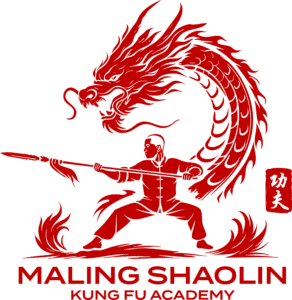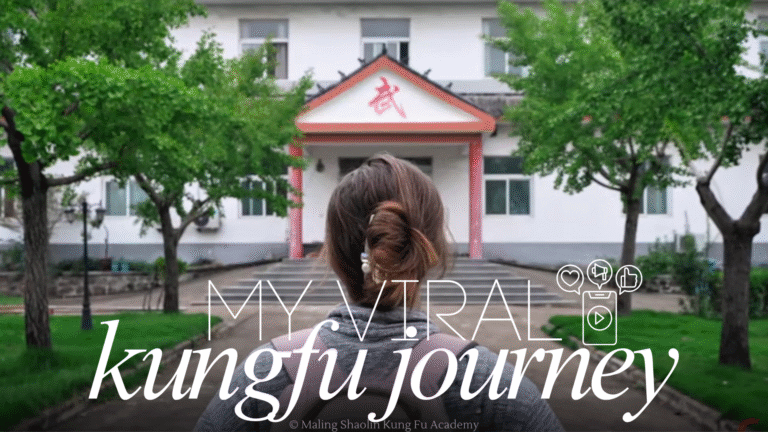
Introduction
Kung Fu, or Chinese martial arts, is one of China’s most recognizable cultural symbols. It has influenced global pop culture, cinema, and fitness, and is often associated with images of Shaolin monks, ancient warriors, and mystic masters. However, there are many misconceptions about how common Kung Fu is in modern China. This article will explore some frequently asked questions about the prevalence and practice of Kung Fu in China.
Popular Questions and Answers:
1. How common is Kung Fu in China?
While Kung Fu is a celebrated part of Chinese heritage, it is not as widely practiced as many people outside of China might believe. Nearly all Chinese people are familiar with Kung Fu, but regular practice is less common, statistically speaking. For many, Kung Fu is something seen in movies or as part of traditional festivals, rather than a daily practice.
2. Does everyone in China learn Kung Fu?
Contrary to popular belief, not every Chinese person learns Kung Fu. Some children might learn basic forms or participate in Wushu classes during school, but it’s not a widespread practice for the general population. Martial arts schools and academies do exist, and certain families may have traditions of martial arts practice, but it is not a universal experience. Remember that China has billions of people so, while many do practice kung fu, the majority don’t.
3. Is Kung Fu taught in schools?
Kung Fu is sometimes included in school curriculums, particularly as a form of physical education or cultural enrichment. However, it is not a mandatory subject. Schools might offer basic martial arts classes or incorporate Kung Fu into after-school programs, but most students receive only a brief introduction, if any.
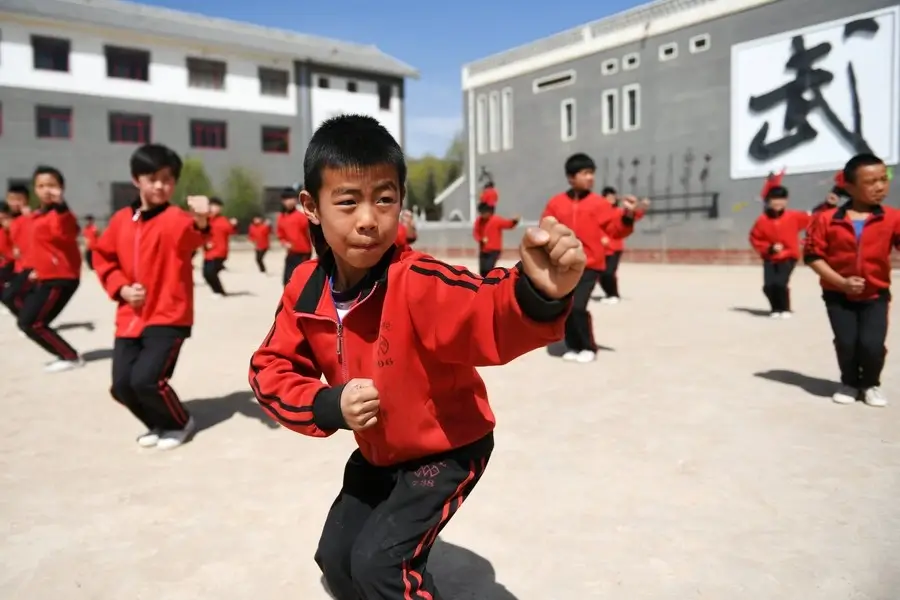
4. How many people practice Kung Fu in China?
It’s difficult to pin down exact numbers, but a many people engage with Kung Fu at some point in their lives, whether through recreational practice, competitions, or cultural events. However, the number of dedicated practitioners is much much smaller. In recent years, there has been a renewed interest in traditional practices, including martial arts, among younger generations.
5. Is Kung Fu still relevant in modern China?
Kung Fu remains relevant, particularly as a cultural symbol and in traditional festivals. However, in terms of physical fitness and self-defense, many modern Chinese people prefer other forms of exercise like running, yoga, or gym workouts. Despite this, Kung Fu continues to be practiced by those who are passionate about preserving traditional arts, including both Chinese nationals and international enthusiasts.
6. Are there professional Kung Fu schools in China?
Yes, China has numerous professional Kung Fu schools, some of which are world-famous, like Tagou (China’s largest kung fu school), and, of course, Maling Shaolin Kung Fu Academy. These schools often attract students from around the world who come to learn traditional martial arts. These schools range from small, family-run academies to large institutions with tens of thousands of students, the largest boasting nearly 30,000!
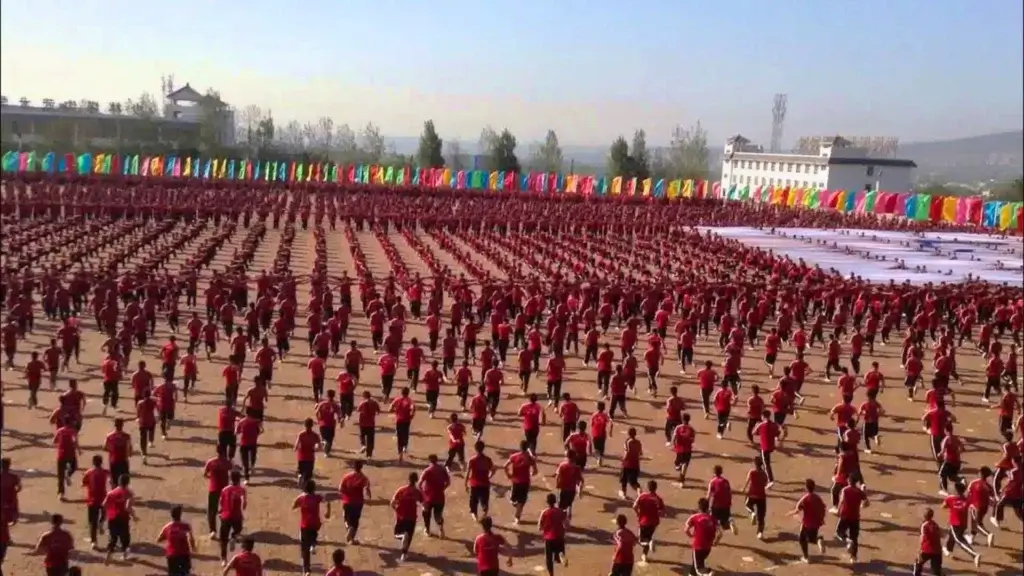
7. Do children attending full-time Kung Fu schools still learn regular academic subjects?
Yes, children who attend full-time Kung Fu schools in China typically still receive education in regular academic subjects alongside their martial arts training. These schools often follow a dual curriculum where students spend part of their day learning traditional subjects like mathematics, language, science, and history, and the other part practicing Kung Fu. The goal is to ensure that students receive a well-rounded education, allowing them to develop both intellectually and physically.
8. What do children who study Kung Fu full-time often do as a career afterward?
Children who study Kung Fu full-time have a variety of career paths available to them once they finish their training. Many become professional martial artists, competing in tournaments, performing in shows, or even acting in films and television. Others may become Kung Fu instructors, opening their own schools or teaching at established institutions. Some may also choose careers in the military, law enforcement, or fitness, where their discipline, physical fitness, and combat skills are highly valued. Additionally, with the growing popularity of Chinese culture and martial arts globally, some find opportunities abroad as cultural ambassadors or in entertainment.
9. What role does Kung Fu play in Chinese culture today?
Kung Fu continues to be a source of national pride and is often showcased in national celebrations, cultural festivals, and international events. In movies, TV shows, and literature, it symbolizes strength, discipline, and cultural heritage. Despite this, everyday practice among the general population is less common than it once was.
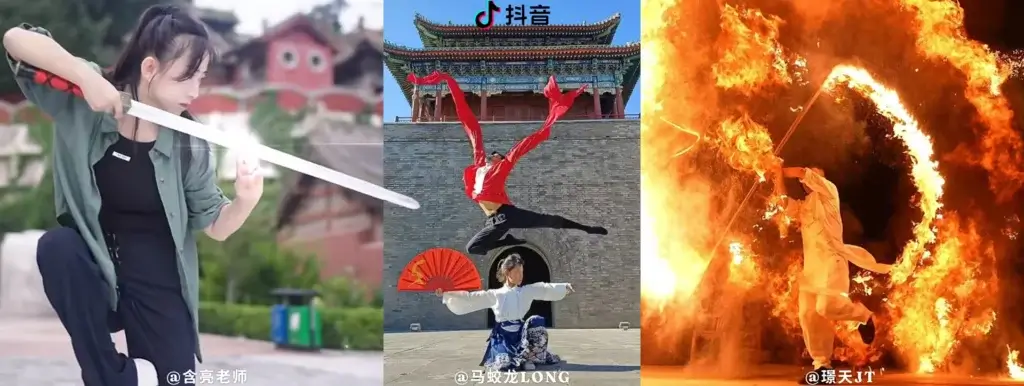
10. How has social media impacted the practice and perception of Kung Fu in China?
Social media has significantly influenced the way Kung Fu is perceived and practiced in China. Platforms like Douyin (TikTok) and Weibo have made Kung Fu more accessible to younger audiences by showcasing modern interpretations, challenges, and live-streamed training sessions. This has led to a resurgence of interest, particularly among the younger generation, who may not have been as exposed to traditional martial arts otherwise. Additionally, social media has enabled martial arts masters and practitioners to share their knowledge and skills with a broader audience, helping to preserve traditional techniques while also adapting to contemporary styles.
11. What impact might Kung Fu/Wushu being included in the Olympics have on its practice in China?
The inclusion of Wushu in the Youth Olympic Games and its potential future inclusion in the regular Olympics could have a profound impact on the practice of martial arts in China. As Olympic recognition elevates the sport’s global status, there could be a surge in national pride and participation within China. This increased attention could lead to greater government support, more structured training programs, and a rise in professional opportunities for athletes. Additionally, the global platform provided by the Olympics could encourage more young people in China to take up Wushu as a serious discipline, ensuring the art’s continued growth and evolution.
Conclusion
Kung Fu holds a unique and revered place in Chinese culture, but its prevalence in modern China is often misunderstood. While it remains a significant cultural icon, the everyday practice of Kung Fu is not as widespread as many outside of China might think. However, it continues to thrive through dedicated practitioners, cultural festivals, and its enduring influence on media and entertainment. As a result, Kung Fu remains an integral part of China’s cultural identity, both at home and abroad.
